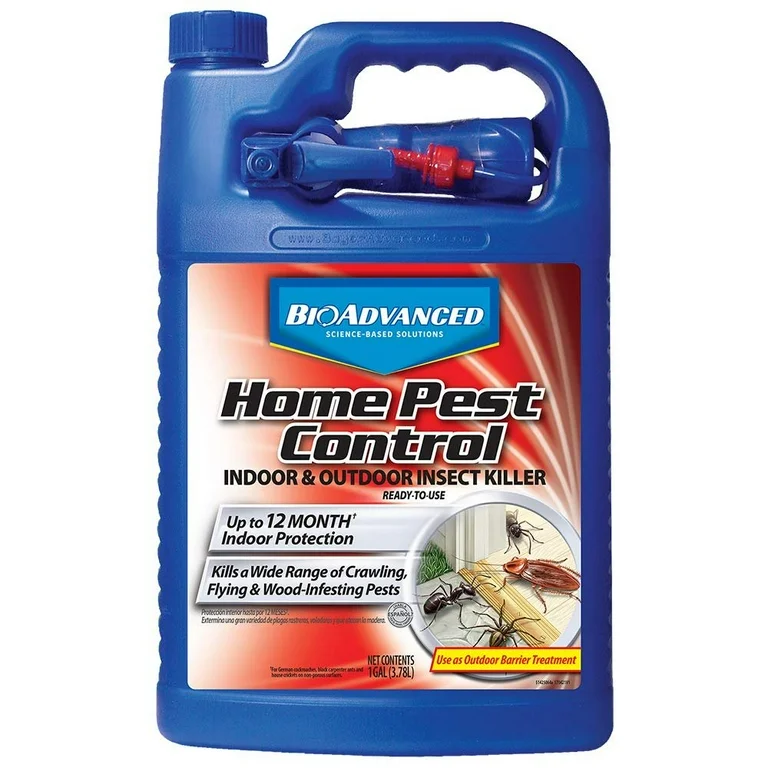Bed Bug Therapy Breakdown: Contrasting Chemical Vs. Non-Chemical Solutions
In the world of parasite control, especially when dealing with the consistent problem of bed bugs, the choice in between chemical and non-chemical therapy solutions can be an essential one. Both methods use distinct advantages and downsides, affecting elements such as effectiveness, safety and security considerations, and general expense. By examining the nuanced details of each technique, a more clear understanding of which course to seek in addressing a bed insect problem can be attained.
Efficiency of Chemical Therapies
Chemical therapies for bed bug infestations have been commonly acknowledged for their potent and rapid efficacy in eliminating these pests. When thinking about the performance of chemical therapies, it is essential to recognize that they can give a fast and thorough option to a bed insect issue. Expert pest control specialists usually rely on pesticides to target bed pests at numerous phases of their life process, including nymphs, grownups, and eggs. These chemicals normally function by interrupting the bed bugs' worried system, bring about paralysis and ultimate fatality.
Furthermore, chemical therapies have the advantage of using residual results, implying that they can continue to eliminate bed pests also after the preliminary application. This recurring activity is especially helpful in combating any type of possible re-infestations. In addition, the rapid action of chemical therapies can bring alleviation to individuals facing severe bed insect problems, enabling them to regain control of their space swiftly.
Safety Interest In Chemical Solutions
One essential element that calls for mindful consideration when utilizing chemical solutions for bed insect treatment is ensuring the safety and security of residents and the setting. Exposure to particular chemicals utilized in bed bug therapies can lead to breathing issues, skin irritability, or various other adverse responses, specifically in individuals with pre-existing problems or level of sensitivities.
Additionally, the ecological influence of chemical solutions is one more significant factor to consider. Some chemicals made use of in bed pest treatments might be harmful to beneficial bugs, wild animals, and communities if they leach right into the dirt or water systems. It is vital to utilize chemical therapies judiciously, following security standards, and taking into consideration much less toxic options to minimize these risks and make certain the risk-free and reliable administration of bed bug invasions.
Advantages of Non-Chemical Approaches
Thinking about the possible safety problems and environmental impact connected with chemical remedies for bed insect therapy, discovering non-chemical approaches presents an appealing choice with several unique benefits. Non-chemical techniques supply a much safer alternative for households, particularly those with children, individuals, or pets conscious extreme chemicals. These approaches remove the threats of direct exposure to harmful compounds, minimizing the capacity for unfavorable health effects. Furthermore, non-chemical therapies are eco-friendly, as they do not contribute to air or water contamination, making them a sustainable selection for insect control.
Additionally, non-chemical options can be efficient in targeting bed bugs, including hard-to-reach locations where chemical therapies might not permeate - A1 pest control services charlotte. Methods such as warm therapy, vacuuming, heavy steam cleansing, and cushion coverings provide complete elimination without the usage of hazardous chemicals.
Limitations of Non-Chemical Treatments

Additionally, non-chemical therapies usually require numerous applications to achieve successful removal. This can be time-consuming and might not always ensure full removal of all bed pests and their eggs, especially in hard-to-reach or surprise places.
In addition, the success of non-chemical therapies greatly depends on proper application and thoroughness, which can be challenging for people without specialist know-how. Inadequate application of non-chemical techniques may lead to insufficient removal, causing persistent infestations and the requirement for extra treatments.
For that reason, while non-chemical therapies have their benefits, it is important to acknowledge these restrictions and consider them when establishing one of the most effective method for handling bed insect invasions.
Expense Comparison: Chemical Vs. Non-Chemical Options
Provided the restrictions connected with non-chemical therapies, an essential element to evaluate in the context of bed insect administration is the expense comparison between chemical and non-chemical options. Chemical treatments usually include the application of insecticides by professionals, which can range from $250 to $900 per space, depending upon the seriousness of the infestation and the size of the area to be treated. In contrast, non-chemical therapies like warmth therapy or steam can be much more expensive, with prices varying from $1,000 to $6,000 for a whole home. While the first price of chemical therapies may seem reduced, several therapies might be needed to completely eliminate the infestation, potentially enhancing the overall price. On the other hand, non-chemical options might provide an extra sustainable and green option, although they can be cost-prohibitive for some people. Eventually, when thinking about the price of bed pest therapy options, it is important to consider the ahead of time costs against the performance and long-term sustainability of the chosen method.
Final Thought

Taking into consideration the potential security problems and ecological effect linked with chemical solutions for bed preventive pest control insect therapy, discovering non-chemical techniques offers a promising option with numerous distinctive advantages.Given the restrictions connected with non-chemical therapies, an essential aspect to evaluate in the context of bed insect monitoring is the price comparison between chemical and non-chemical choices. In comparison, non-chemical treatments like warm therapy or vapor can be more costly, with costs varying from $1,000 to $6,000 for a whole home. While the first cost of chemical treatments may seem lower, numerous therapies may be required to fully remove the problem, possibly boosting the total price.In final thought, when contrasting chemical and non-chemical bed insect therapy choices, it is important to think about efficiency, safety, advantages, limitations, and expense.